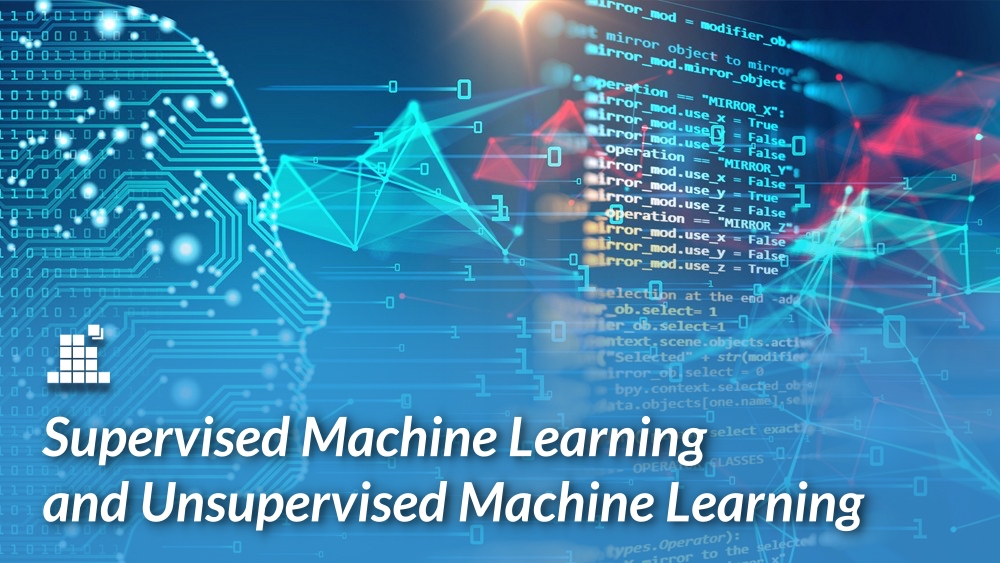Machine Learning is a subset of Artificial Intelligence which instructs machine about the learning process. Working on machine learning entails mainly two types of techniques: Supervised and unsupervised learning.
Introduction to Supervised Machine Learning
What is Supervised Machine Learning?
Supervised Machine Learning is the technique of Machine Learning, which is defined as a task of learning that permits you to either collect or produce data from preceding machine learning implementation. This algorithm collects input data and sent feedback to output data.
For example, – Suppose physicians want to predict a heart attack rate per person within a year. They will study previous patient’s data, including age, weight, and other medical vital parameters. In concluding so, combine the existing data into a model and predict whether a new person will have a heart attack within a year or not.
How do Supervised Machine Learning functions?
Supervised learning is employed in most of the practical machine learning. This process works on an algorithm learning makes predictions on the training data set and corrected just like a teacher. This learning automatically stops functioning when the algorithm a level of performance.
Two basic approaches majorly used in supervised machine learning are empirical risk minimization and structural risk minimization. Empirical risk minimization works on the function appropriate for the training data set, whereas Structural risk minimization comprises of several tasks that control the bias/variance tradeoff. However, in both cases, the training data set includes independent and identical distribution.
Types of Supervised Learning:
Supervised learning problems are of two types which are regression and classification problems.
- Classification is a problem when the output variable is a category for example red, disease, fruits.
- Regression is a problem when the output variable is a real value. For example, dollars.
Importance of Supervised Learning
- Supervised machine learning is useful in turning raw data into real, authentic data.
- It allows an organization to use raw data to interpret and understand, further preventing unwanted outcomes or boost desired results.
Applications
- Database Marketing
- Bioinformatics
- Spam Detection
- Speech Recognition
- Handwriting Recognition
Introduction to Unsupervised Machine Learning
What is Unsupervised Machine Learning?
Unsupervised learning is a machine learning technique that is defined as where one requires to add input data, and no output variable is required. On the contrary to supervised learning that uses human-labeled data, unsupervised learning is self-organization.
For example, when a cell phone operator tries to optimize the locations for constructing a cell phone tower. In doing so, machine learning provides tremendous support in estimating the number of clusters of people relying on the towers.
How do Unsupervised Machine Learning functions?
Unsupervised learning functions by examining data without its hidden structure within it. It correlates two data items and is being used for clustering, dimensionality reduction, feature learning, density estimation, etc.
The hidden structure is called a feature vector, which represents the input data. Machine learning works in such a manner that if a similar feature vector used to rebuild the input.
Types of Unsupervised Machine Learning
Unsupervised machine learning is of two types i.e.; clustering and association problems.
1.Clustering
Clustering is an important notion of unsupervised machine learning and primarily deals with finding a pattern in unorganized data which is raw data. This algorithm processes your data in such a way that processed data will automatically detect the data if it exists in the already stored data.
2.Association Problems
This algorithm problem permits you to establish associations between data objects and an extensive database. This technique is based on discovering relationships between variables in large databases. For instance, a family who will buy a new home will be most likely to buy new furniture.
Method of Moments
Method of moments is a statistical approach used in unsupervised machine learning. In this approach, unknown parameters in the model are linked to random variables—the moments calculated from samples.
Importance of Unsupervised Machine Learning
- Unsupervised machine learning has the unique ability to deal with problems which human might find impossible to fulfill either because of limited capacity or a bias.
- Most of the time, approximations are dealt with by supervised machine learning. Hence, unsupervised machine learning discovers unknown patterns in data.
- The unsupervised machine learning helps in getting desired outcomes when you lack data.
Conclusion
Supervised and unsupervised machine learning is equally essential for the smooth functioning of a machine learning algorithm. In supervised machine learning, you train the machine using data and whereas, in unsupervised machine learning, you don’t need to send instructions to supervise the model.
